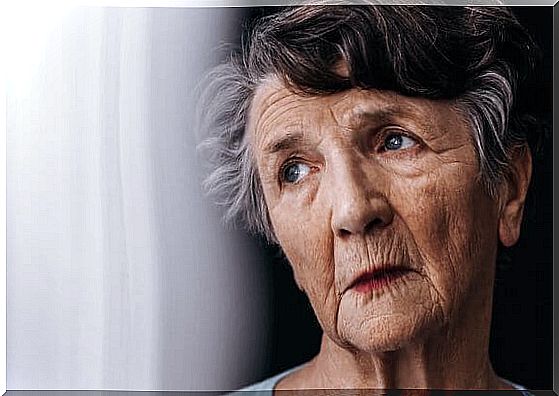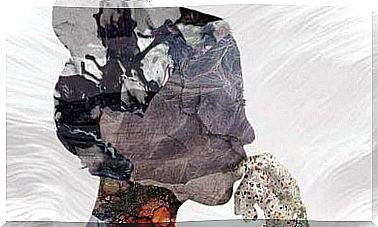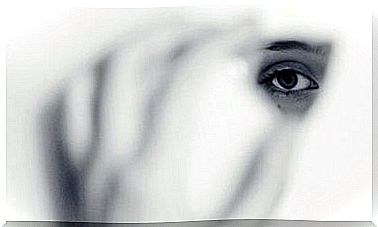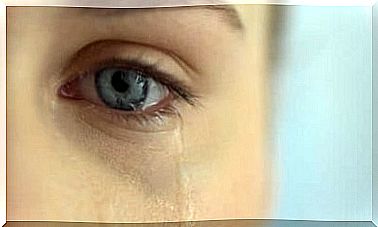Sensory Stimulation In People With Alzheimer’s Disease

Alzheimer’s disease is a neurodegenerative disease which, unfortunately, and due to the aging of the population, is increasingly present. No cure has yet been found. However, there are different interventions that can slow its progression. Or at least the intensity of symptoms in people who have it. Among them is sensory stimulation.
This type of intervention focuses on the senses, on what reaches the person from the outside. Suppose that a person with Alzheimer’s disease can see their cognitive abilities deteriorate. However, even if on the emotional level she may partially lose her ability to regulate her emotions, she will not lose her most primitive capacity: that of feeling. This is precisely what we want to take advantage of when we perform sensory simulation.
In this article, we will look at what sensory stimulation is in people with Alzheimer’s disease, how it is carried out and what are its potential benefits.
Alzheimer’s disease, a brief description
Alzheimer’s disease is a neurodegenerative disease that affects different functions of the body. Thus, it manifests itself at the physical, cognitive, emotional and behavioral (executive functions) levels.
One of the first indicators that should trigger an alarm signal is memory loss. It is characterized in particular by an increase in thoughtlessness or disorientation (in time or in space). The person needs more precise and more spaced instructions to follow a plan, the initiative decreases and the amplitude of the vocabulary also decreases. The patient therefore loses precision in communication.
In addition, Alzheimer’s disease makes it difficult to perform simple and controlled tasks of daily life that before the person did, with a minimum expenditure of resources. It also affects the emotional level, as irritation or helplessness due to lost ground can make the person very irritable.

There are different theories about its origin. Some indicate the formation of neurofibrillary tangles, which is an abnormal conglomerate of proteins made up of small fibers that intertwine in the neurons of people with Alzheimer’s disease. This process also involves the tau protein: the main component of tangles.
Sensory stimulation, what does it consist of?
When we talk about sensory stimulation, we are referring to a set of techniques and exercises that produce an activation of the senses by stimuli. It is therefore a kind of awakening of the senses. The objective of this intervention is to promote the entry of sensory information into the nervous system, in order to facilitate the development by the person of a set of sensations and perceptions.
Through this stimulation, the person learns. This learning will serve as a crutch and reinforcement to fight against the deterioration of her cognitive functions, so that she can better understand the world around her and express herself emotionally.
Sensory stimulation in people with Alzheimer’s disease
Sensory stimulation in people with Alzheimer’s disease is a type of non-pharmacological intervention that helps fight the progression of the disease. It consists in awakening the sensations and the perceptions of the patients.
In order to achieve the goal of sensory stimulation in people with Alzheimer’s disease, the following systems are stimulated:
- View
- Auditory
- Vestibular
- Touch
- Olfactory
- Gustative
However, the intervention is performed in multisensory rooms or Snoezelen spaces. These pieces were created in the 1970s in Holland thanks to Hulsegge and Ad Verheul. In addition, these spaces are aimed at three types of activities: relaxation, interactivity and discovery.
On the other hand, multisensory stimulation in Snoezelen rooms is based on the sensory integration model. However, this model was developed by Anne Jean Ayres, American occupational therapist and neuroscientist. In this context, the cognitive, sensory, motor and psychosocial components are worked on and stimulated in three rooms : clean room, dark room and adventure room. In addition, depending on the activity, there are passive and active rooms.
- Passive room. Activities are carried out in which the person enters an environment which stimulates him by sensory effects.
- Active room. These are activities in which the individual participates and through which he learns. In this way, he will be able to become better aware of the effects of his actions on the environment.
- Clean room. White is the main color of these pieces. The aim is to offer a relaxed environment where the person is passively stimulated,
- Black or dark space. These are rooms where UV light and bright elements are used most often. So people have powerful stimuli.
- Immersion in adventure. In this room, there is not as much play with the lights as in the others. It generally has material that promotes sensory, cognitive and motor development. Materials with different textures, colors and smells are presented.
These activities are carried out by professionals from different health professions. Thus, intervene: doctors, clinical psychologists, neuropsychologists, nurses, occupational therapists, etc.
Likewise, the idea is to intervene with people with Alzheimer’s disease at different stages, although it is preferable to do so at the initial and intermediate stages of this disease.

Sensory stimulation: a precious resource against Alzheimer’s disease
We have already explained what sensory stimulation is in people with Alzheimer’s disease. But what are the advantages? Let’s see :
- Possibility of movement and activity
- Emotional expression
- Increased perception of sensations
- Learning acquisition
- Increased interaction with the environment
- Awareness of sensations and perceptions
- Communication facilitation
- Feeling of well-being
- Increased attention and concentration time
- Decreased apathy, aggression and disruptive behavior
In any case, this type of work must be carried out rigorously. It requires self-organization, adaptation to the environment, creativity and motivated participation of those concerned. This is what Monsalve Robayo and Rozo Reyes suggest in an article published in the Colombian Journal of Psychiatry .
There are therefore techniques that ensure the well-being of people with Alzheimer’s disease. Sensory stimulation is one of them. Thanks to this unique intervention, steps are added so that people with this disease have a better quality of life. It also helps support the activity of caregivers.









